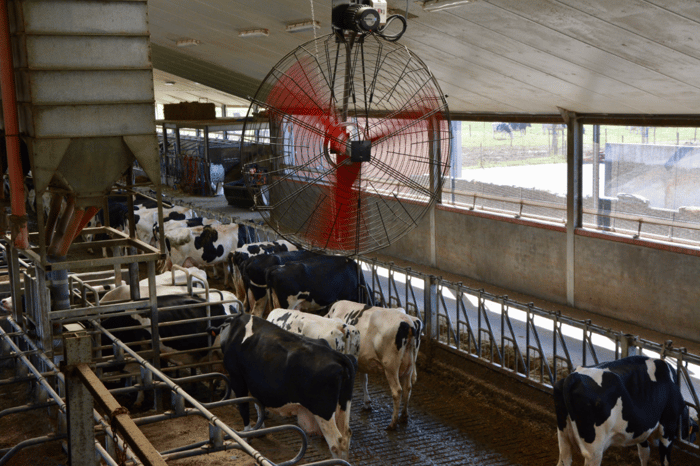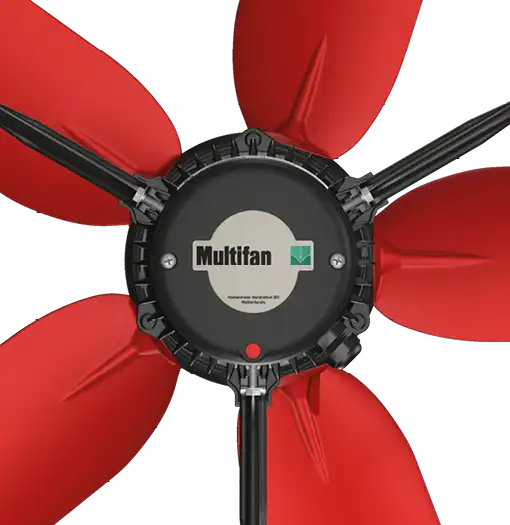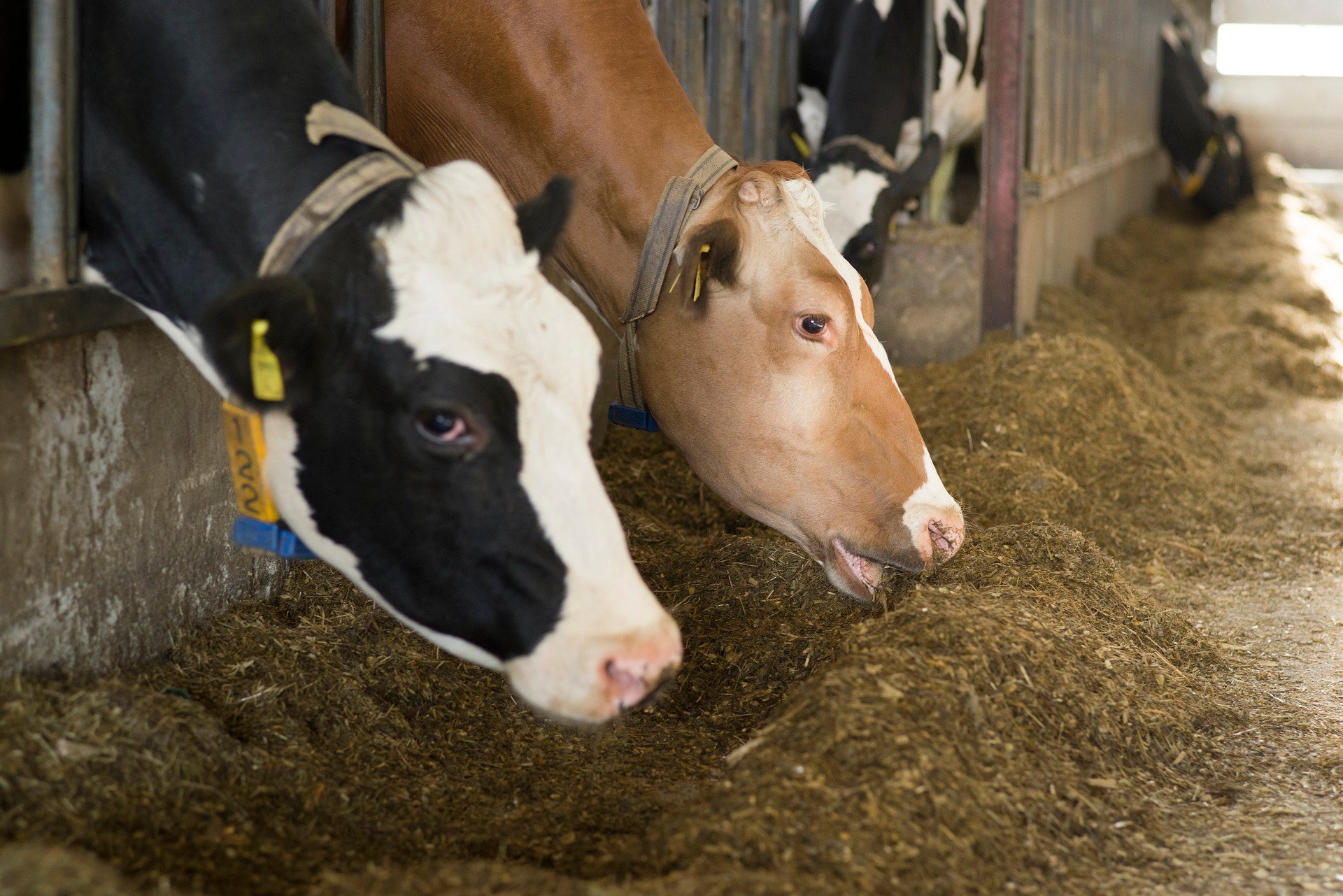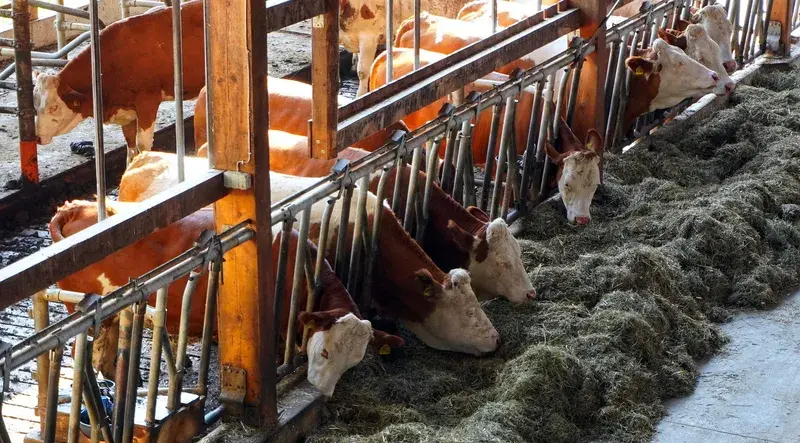"How do I prevent damp spots in the dairy barn and how do I lower the risk for diseases such as udder infections?" Questions that can have many dairy farmers scratching their heads And rightly so! In this article we discuss the importance of an optimal climate in dairy barns.
Mastistis and other problems
Mastitis, popularly called udder inflammation, costs a dairy farmer an average of 460 euros per lactating cow per year. In the first months after calving, this can even amount to more than 900 euros (Source: GD and Heikkila mastitis model).
Damp barns create a climate in which mastitis and other pathogenic agents appear more. The number of germs and bacteria in the stalls must be as low as possible. Hygiene in the dairy barn is therefore very important. Optimum ventilation allows the stalls to dry well, which means that bacteria can multiply less quickly. Fewer bacteria in the stall means fewer bacteria on the udders and therefore less risk of udder infection.
If the climate in the barn is not optimal, many other problems, besides mastitis, can arise:
- Heat stress
- Nuisance from flies
- Hoof aliments
These problems result in a lower milk yield with a loss of turnover as a result.
Also read: Heat stress in dairy cattle
Recognize poor ventilation
Poor ventilation can be recognized by excessive condensation and rust, especially at the rafters of the dairy barn. Spider webs are often an indication of insufficient air flow. Other signs of poor ventilation include ammonia air, excessive coughing or visible condensation on the animals' backs.
Create a uniform dairy barn climate
An optimal barn climate therefore contributes to the health and performance of the cows and the farm. Good ventilation means the even exchange of stable air with fresh outside air. The required speed of air exchange depends on a number of variables, including the conditions of the outside air (temperature and humidity), animal population and density. It is extremely important to prevent excessive air movements and drafts in the house. That makes cows more susceptible to diseases.
A good ventilation system results in barn air that is almost of the same quality as the outside air all year round. The concentrations of ammonia, other gases, dust and pathogens in the air must be low. The relative humidity must be approximately as high as that of the outside air. With natural ventilation only, these basic points are difficult to control, especially in cold, heat or the highly variable weather conditions in the spring and autumn.
Mechanical ventilation
Using fans, a stable barn climate can be guaranteed throughout the year, preventing diseases, reducing veterinary costs and keeping production on track. With the result of a positive effect on the operating result!
Circulation fans for dairy cattle are suitable for serving large areas. A high throw and high air flow are important here. In addition, the positioning of the fans in the barn is important, so that damp spots are prevented.
Also read: What is the best place to mount a circulation fan in a dairy barn?
When choosing the type of fans used in dairy barns it is important to consider the following:
- the durability and reliability of the fans
- the suitability for intensive use
- a high throw (over a large distance a minimum air speed of 2 m/s)
- the resistance to aggressive conditions
- adjustable fans to guarantee a low constant air movement even at low temperatures.




